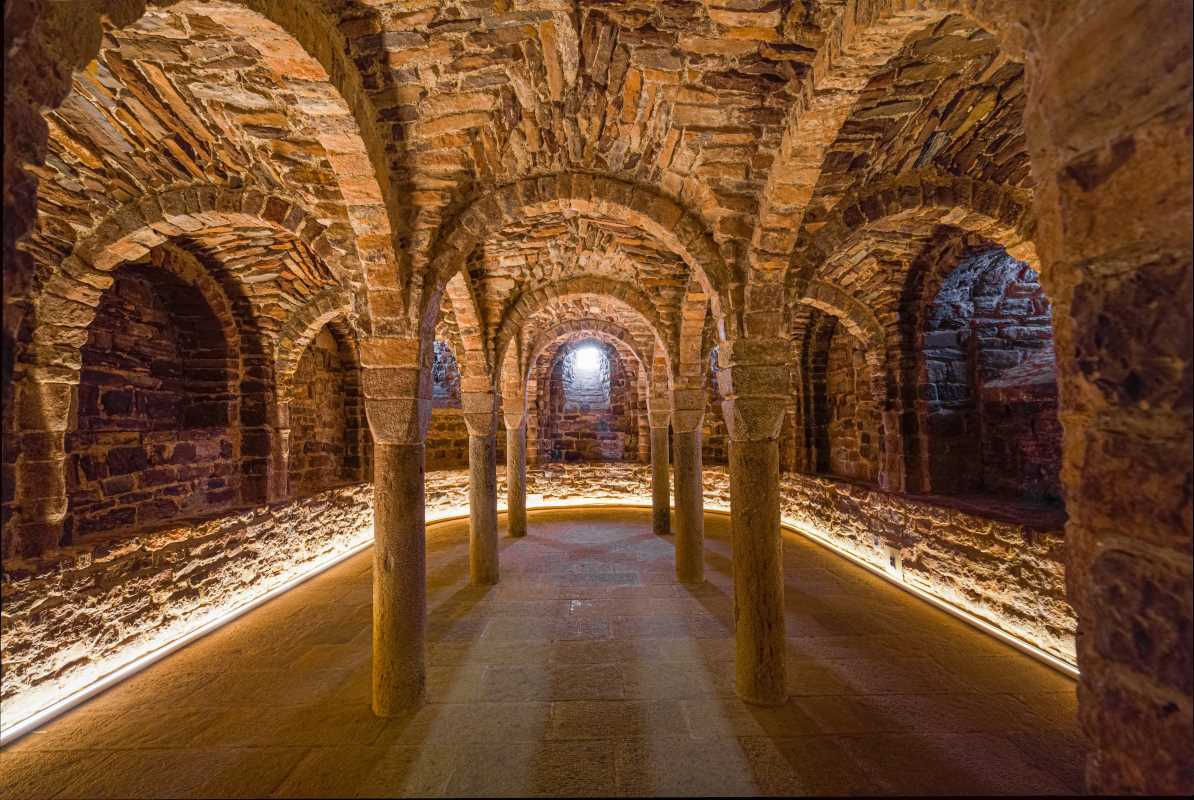The United States is rich in history, offering numerous must-see historical locations that provide a glimpse into the nation's past. From the birth of American independence to cultural landmarks, here are some of the most iconic historical destinations in the U.S. that every history enthusiast should explore.
1. Independence Hall (Philadelphia, Pennsylvania)
Independence Hall is where the Declaration of Independence and the U.S. Constitution were debated and signed, making it a cornerstone of American democracy. The building, a UNESCO World Heritage Site, offers visitors a chance to stand in the same room where key figures like George Washington and Thomas Jefferson shaped the future of the country. Nearby, the Liberty Bell serves as an enduring symbol of American freedom.
2. Gettysburg National Military Park (Gettysburg, Pennsylvania)
Gettysburg was the site of one of the most significant battles of the American Civil War. The three-day battle in July 1863 marked a turning point in the war, and President Abraham Lincoln delivered his famous Gettysburg Address here. Today, visitors can explore the expansive battlefield, visit museums, and attend living history demonstrations to better understand this pivotal moment in U.S. history.
3. The Alamo (San Antonio, Texas)
The Alamo is a symbol of Texas' fight for independence from Mexico. In 1836, a small group of Texan defenders fought to the death against the Mexican army. Though the Texans lost, the battle became a rallying cry for the state's independence, and "Remember the Alamo" is still an iconic phrase. Visitors can tour the historic mission and battlefield to learn about the legendary figures like Davy Crockett and Jim Bowie.
4. Mount Vernon (Mount Vernon, Virginia)
Mount Vernon, the plantation home of George Washington, the first President of the United States, offers a unique insight into the life of one of the nation's founding fathers. The estate includes Washington's mansion, gardens, and his final resting place. Visitors can tour the beautifully restored house and learn about Washington’s leadership both during the Revolutionary War and his presidency.
5. Ellis Island and the Statue of Liberty (New York, New York)
Ellis Island and the Statue of Liberty are symbols of the American immigrant experience. Between 1892 and 1954, more than 12 million immigrants passed through Ellis Island, making it one of the largest immigration stations in the country. Visitors can explore the Ellis Island Immigration Museum to trace the history of those who sought a new life in America. The adjacent Statue of Liberty, a gift from France, represents freedom and opportunity.
6. Pearl Harbor National Memorial (Oahu, Hawaii)
The Pearl Harbor attack on December 7, 1941, led to the United States’ entry into World War II. The Pearl Harbor National Memorial commemorates the 2,403 Americans who died during the surprise attack. The memorial includes the USS Arizona Memorial, which is built over the sunken battleship where more than 1,100 sailors and Marines lost their lives. Visitors can take a boat tour to the memorial and explore exhibits detailing the events of the day.
7. Colonial Williamsburg (Williamsburg, Virginia)
Colonial Williamsburg offers a step back in time to the 18th century, providing an immersive experience of early American life. As the capital of the Virginia Colony from 1699 to 1780, Williamsburg played a key role in the American Revolution. Today, it’s a living-history museum where costumed interpreters reenact daily colonial life, from blacksmithing to political debates in the Governor’s Palace.
8. The Martin Luther King Jr. National Historical Park (Atlanta, Georgia)
Dedicated to the legacy of the civil rights leader, the Martin Luther King Jr. National Historical Park in Atlanta includes several important sites, such as King's childhood home and the Ebenezer Baptist Church, where he preached. The Visitor Center houses exhibits detailing the civil rights movement, and King’s gravesite is located nearby at the King Center. The park is a moving tribute to Dr. King's enduring impact on American society.
9. Plymouth Rock and Plimoth Patuxet Museums (Plymouth, Massachusetts)
Plymouth Rock marks the spot where, according to legend, the Pilgrims first landed in 1620, establishing one of the earliest colonies in North America. The nearby Plimoth Patuxet Museums (formerly Plimoth Plantation) offer a living history experience, with re-creations of a 17th-century English village and a Wampanoag homesite, giving visitors an understanding of early colonial life and the interactions between the Pilgrims and Indigenous peoples.
10. The Freedom Trail (Boston, Massachusetts)
The Freedom Trail is a 2.5-mile walking route through Boston that connects 16 historically significant sites, including Paul Revere’s House, the Old North Church, and the Boston Massacre Site. It offers a comprehensive look at the events that led up to the American Revolution, with highlights like the Bunker Hill Monument and the USS Constitution (“Old Ironsides”). Walking the Freedom Trail is like taking a journey through the heart of Revolutionary America.
The Freedom Trail not only provides a window into the Revolutionary War era but also immerses visitors in the vibrant history of Boston. Starting at Boston Common, the trail meanders through the city’s oldest neighborhoods, each step revealing a piece of America’s past. The Massachusetts State House, with its iconic golden dome, is a testament to the state's rich legislative history. Along the way, visitors encounter the Old State House, where the Declaration of Independence was first read to the public, and Faneuil Hall, known as the “Cradle of Liberty” for its role in the fight for independence. The trail is marked by a distinctive red brick line, guiding walkers through cobblestone streets and historic landmarks. Whether you’re a history buff or a casual explorer, the Freedom Trail offers a unique and engaging way to experience the events and figures that shaped the nation.
These must-see historical locations across the U.S. offer deep insights into the country's complex and fascinating history. From the battlefields of the Civil War to the landmarks of the American Revolution, these sites provide an opportunity to connect with the past and better understand the struggles, triumphs, and milestones that shaped the United States. Whether you're a history buff or simply curious, these destinations are worth the visit for anyone looking to explore America’s heritage.







